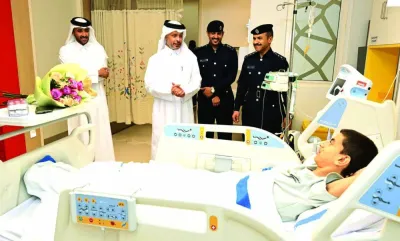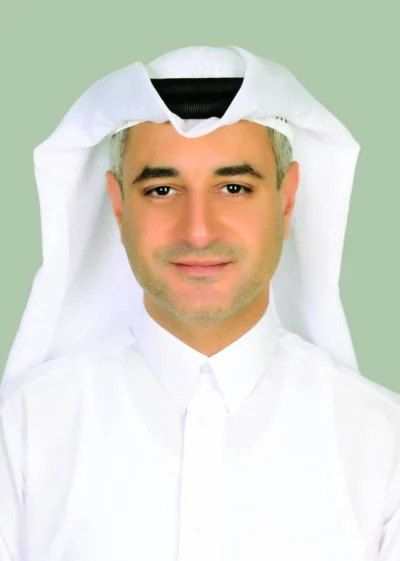So far this year, the HMC stroke programme has treated 23% of acute stroke patients with thrombolysis, meeting the highest international standards, according to the director of Neurosciences Institute, HMC.
The recruitment of specialist nurses and consultants, the opening of dedicated facilities and introduction of advanced technology - including a dedicated stroke ward, a telemedicine service and a Neuroangiograhy Suite – as well as the redesign of care processes, have delivered improved outcomes for stroke patients.
A stroke database set up to track and improve the outcomes of patients provides the stroke team with in-depth data on every stroke patient admitted to HMC and enables them to analyse this data and recognise significant trends.
“Our data highlights that a number of key indicators for successful care outcomes either meet or exceed international standards,” stated Prof Ashfaq Shuaib, director, HMC’s Neurosciences Institute. “One of these indicators is the ‘door to needle time’. This is the length of time that passes between when an acute stroke patient arrives at the emergency department to when they receive specialist treatment.”
“The assessment, evaluation and imaging of acute stroke patients is a very complicated process. The American Stroke Association has set a target for hospitals to treat approximately 50% of acute stroke patients in under 60 minutes,” explained Prof Shuaib.
“In 2014, we began an integrated programme to improve the door to needle times for acute stroke patients. Since then, the team has consistently achieved times of less than 40 minutes for 44% of patients and under 60 minutes for 68% of patients. This compares very favourably with the majority of tertiary stroke centres in Europe and North America, which achieve this 60-minute door to needle goal only 50 to 60%,” said Prof Shuaib.
“Speed of thrombolysis treatment is the key, as it must be given within four and a half hours of the onset of symptoms. Many tertiary stroke centres in Europe and North America treat 10 to15% of their acute stroke patients with thrombolysis, while very few treat more than 20% of their patients,” said Prof Shuaib.
Another area improved performance is in the average length of stay of patients. A short length of stay demonstrates the effective nature of the care. Patients benefit greatly from being discharged as early as possible, when clinically appropriate, to continue their recovery at home.
“The average length of stay for stroke patients was 11 days before the establishment of Stroke Ward in 2014. Through the introduction of the ward, the length of stay has declined to between just five and six days. This is comparable with the best stroke programmes in the world,” explained Dr Naveed Akhtar, head doctor at the HGH Stroke Ward.



